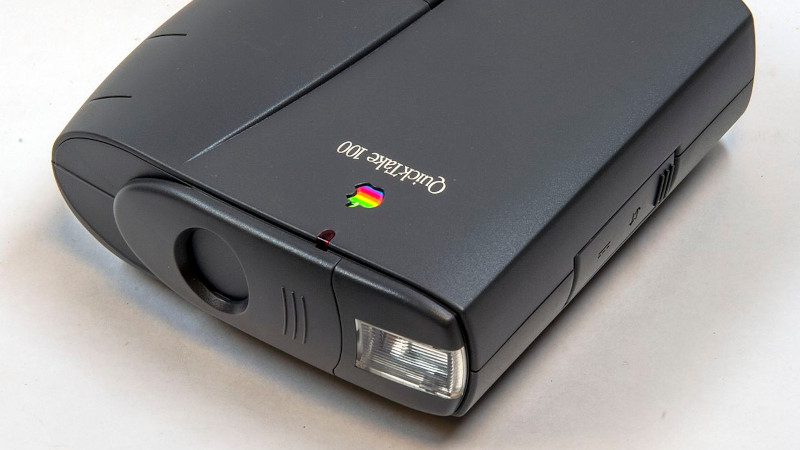An object of desire back in the mid-1990s might have been Apple’s QuickTake camera. In a form factor not unlike a monocular it packed a 640×480 digital camera, the images from which could be downloaded to a computer via a serial cable. A quarter century later it’s a great retro camera for the enthusiast, but both the serial ports and the operating systems needed to run its software have passed into history. Time for the junk pile? Not at all, for [Crazylegstoo] has produced a new piece of software for 2024 that works for both QuickTake 100 and 150 cameras with USB serial ports on modern operating systems.
Called JQuickTake, it’s a Java app which has the advantage of building on that early Java promise of running cross platform so can be had for Mac or Windows. It allows retrieval of both metadata and images from the camera, but sadly it doesn’t display any of the images. It also doesn’t work with the QuickTake 200. Happily though, there are instructions for building a serial cable, and suggestions for how to deal with the proprietary QTK image format.
Meanwhile if you lack a PC or Mac all is not lost. You can also use these cameras with an Apple II.
Header image: Hannes Grobe, CC BY-SA 4.0.















So the Java app only works on Mac or Windows, it doesn’t work on Linux?
“Linux is not specifically supported at this time, but it is definitely possible if there is a demand for it.”
“Write once, debug everywhere.”
Even if it’s not officially supported, if there’s a JAR file you can probably just run it and point the program to /dev/ttyUSB0 or whatever it is
If we think about it, 640×480 capable cameras were still modern by mid‐2000s standard.
The cellphone cameras had CIF and QCIF resolutions, often. 320×240 and below.
Sure, serious digicams from the late 90s had resolutions past 1600×1200 for still images, already.
But the little plastic cameras, the “fun” cameras so to say, had been in range of PDA displays resolution wise.
And when it comes to video, 640×480 resolution was still not standard yet.
Many digicams from the 2000s and early 2010s had been limited to less than 640×480 in video mode.
Youtube had been limited to 240p for a long time, too.
It wasn’t until early 2010s that higher resolutions had been allowed.
Having a cheap “toy” camcorder with 640×480 resolution was still above the norm, when it comes to YouTube.
Many users still had used humble webcams that were in 320×200 resolution range by late 2000s.
It also was because of CCD sensors, I suppose.
Many webcams are still 640×480. Although thanks to the marvels of modern technology they BS upscale it in camera and allow you to pretend it’s ‘HD’.
By the way, there are USB Serial dongles that have mini‐DIN ports and support RS-422 interface (Keyspan models).
They consist of an intelligent, programmable microcontroller and have drivers for Windows, Mac OS 8/9 and macOS (formerly OS X).
The special thing is that the Mac OS classic drivers do simulate both printer port and modem port (you need the dongle with two ports to have them).
So legacy applications looking for these both mac ports may see them,
unlike as with generic RS‐232 USB dongles (Prolific, FTDI etc) who appear as generic serial port.
Provided that the application software uses the Mac OS API, rather than doing a direct port access (some programs from the 80s).
For them to be working, Mac OS 8/9 is okay but a real RS‐422 port might be needed.
If you have a Power PC Mac with a built‐in modem, there’s hope.
There are adapters who route the internal port to a connector.
Things like GeeThree G4 Stealth Serial Port, for example.
That being said, things like printers or AppleTalk networks (LocalTalk, PhoneNet) might be fine with an aforementioned USB dongle, I think.
It’s just important that the serial port will be accessible as traditional printer or modem port, rather than a serial port.
libgphoto2 supports the QuickTake 200 as well as other serial port cameras like the Casio QV10.
It also supports the Quicktake 100 and 150 since the latest release (http://www.gphoto.org/news/)
This thing was awesome! I got to use one at school as a kid, and was amazed.
These were the same as the Kodak DC120s, right? I remember a previous employer at the time had both a DC40, and a DC120. It would record to a weird proprietary format, and then convert to a more standard format in the sloooooow transfer software.